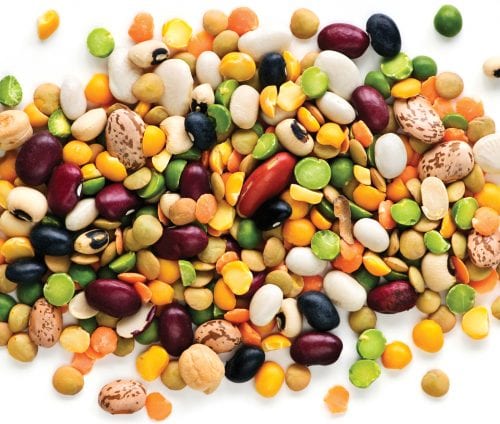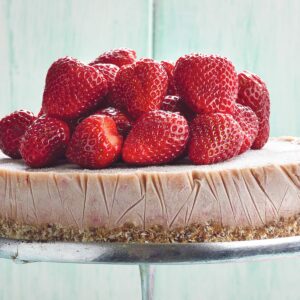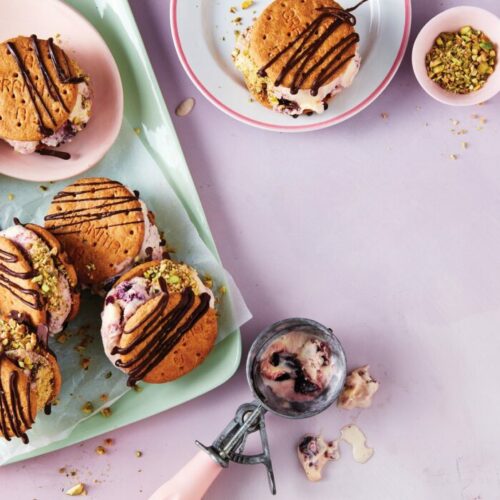
2016 has been named the International Year of Pulses by the United Nations.
The UN doesn’t have a food for every year — the last time was in 2013, which was the International Year of Quinoa. That seemed to catapult quinoa into the consciousness of everyone in the world, not to mention into a rash of food products from cereals to ready-meals.
Pulses — that humble group of foods including beans, chickpeas and lentils – really deserve a moment in the spotlight. They’ve had a bad reputation over the years — remember the 80s when the TV show The Young Ones made lentils forever associated with tasteless hippie vegetarian food?
In fact, lentils and beans and chickpeas are a staple of many of the world’s great cuisines. They’re traditional foods of France, Italy, Greece and most countries in South America and the Middle East. They’re celebrated around the world for their taste, texture, versatility and health benefits, and rightly so. We’re not into magical or ‘super’ foods here at HFG, but pulses are one of the foods that do deserve to be stars in our diets.
It’s interesting to note that various types of pulses feature prominently in the cuisines of the world’s healthiest people. The so-called Blue Zones — the places where people enjoy the best health and live the longest — love them. The Blue Zones include Nicoya in Costa Rica; Sardinia in Italy; Ikaria in Greece and Loma Linda in California. In these places, people eat lots of beans, peas and lentils — about a cup a day — as part of a plant-based, minimally processed diet. They’re not vegetarian — most eat meat, too, but it tends to be in small amounts, more as a garnish than the main feature of a meal.
When it comes to health benefits, pulses are a useful source of low-GI carbohydrate and protein, making them satisfying and filling. They contain soluble and insoluble fibre and resistant starch, making them great for our gut health and helping us maintain a good range of gut bacteria. Research has found pulses to be useful in protecting against various cancers, managing blood sugar, lowering risk for type 2 diabetes, and lowering heart disease risk. Emerging evidence suggests pulses may also be useful in weight management.
When it comes to cooking, pulses are a true friend in the kitchen. They’re incredibly versatile; you can make everything from a dip to a brownie with black beans, for example. Lentils and chickpeas can be added to soups, stews and meat dishes to boost their nutrition and make them go further.
Most of us keep a close eye on our food budget and pulses are a star here, too. Pulses are incredibly good value for money. Dried beans, peas and lentils are super-cheap, requiring just a bit of time to soak and cook so they’re ready to eat. Canned versions cost more, but are still inexpensive and have the advantage of being ready to eat, right out of the can. If you have a can of lentils in the cupboard, you have the base of a meal. Try a lentil and roast vege salad with a lamb steak, or a lentil and kumara curry. And don’t forget what is perhaps Kiwis’ favourite pulse meal: the humble baked bean.
In general Kiwis tend not to eat a lot of pulses, but if you’re looking to add a new healthy food to your diet, it doesn’t have to be the latest trendy thing. Just make a point of including lentils, chickpeas or beans into your lunches or dinners a couple of times a week.
Pulse inspiration
Try these delicious recipe ideas:
Meatball couscous salad
Spiced vegetables and chickpeas
Roasted kumara, lentil and broccoli salad
Lamb with warm lentil salad
Pan-fried salmon with chickpea salad
Chickpea, vege and coriander burgers
Pork tacos with black bean salsa
www.healthyfood.com










